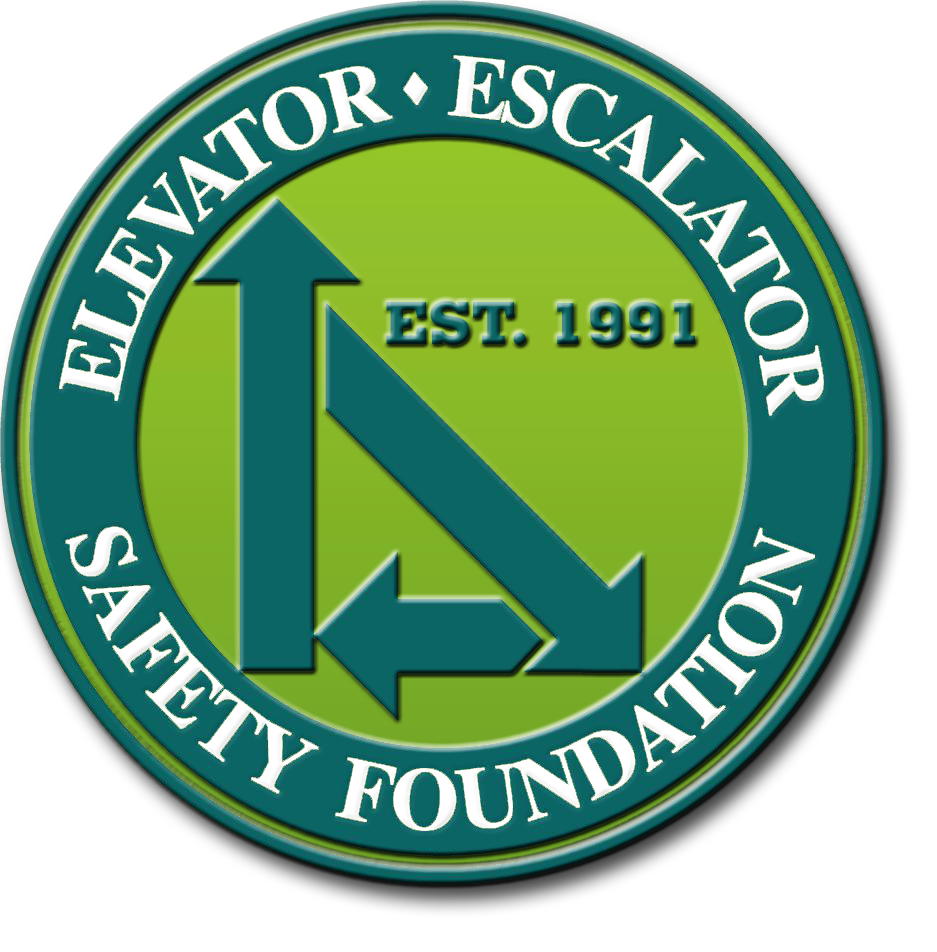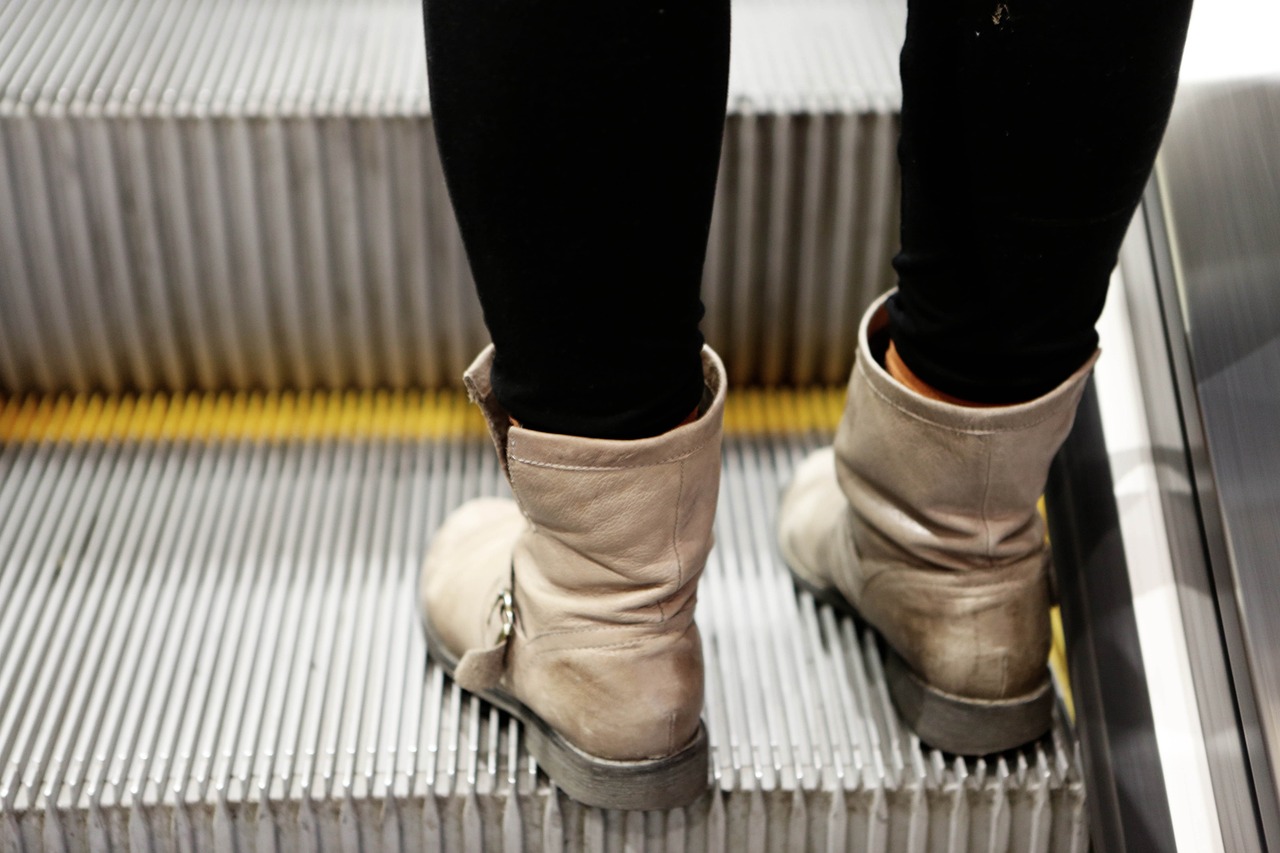As Elevator and Escalator Safety Week (held November 13-17) comes to a close, we’ll cover the topic of proper use of vertical-transportation (VT) equipment in this week’s blog. Earlier, your author spoke with Elevator Escalator Safety Foundation Executive Director Amber Catlin-Kolodziej about the significance of this week-long awareness initiative.
“Elevator and Escalator Safety Week is a wonderful opportunity for the industry to unite their voice on how the riding public can best use elevators, escalators and moving walkways,” Catlin-Kolodziej said. She noted that safety tips might not always be intuitive for a casual VT user. As a resource, EESF has put together a set of “Golden Rules” to keep in mind when using elevators and escalators. We share them with you below.
Elevator Five Golden Rules
- Always be observant! If the sills (where the elevator meets the landing) are not level, be sure to step correctly.
- Be wise and protect your body! Don’t try to stop the door with your hand, foot, head, etc. While the door-reopening device is in place, it is neither instantaneous nor foolproof.
- To prevent falls, ensure stable footing. Hold the railing, if available. If no handrail is available, stand firm. Like all moving cars, elevators accelerate, decelerate and experience vibration during travel.
- In a fire, be wise — use the stairs! In an emergency scenario, elevators move into fire service mode and will not answer the call button. Locate your building’s evacuation routes and use the stairs to exit during a fire.
- Be smart — stay put, stay safe! If the elevator doors do not open, don’t panic. Hit the emergency call button and wait for help. Never attempt to force the doors open.
Escalator Five Golden Rules
- Choose the elevator if using assisted walking or transportation devices. Do not use canes, walkers or strollers on escalators.
- Proper footwear is required! When choosing the escalator, wear full-cover shoes like sneakers and ensure laces are tied. Bare feet, slide-in shoes and open-toed or open-backed shoes are inappropriate for an escalator.
- Hold on! Escalators generally move up and down at consistent speeds, but they can stop suddenly if a safety mechanism kicks in. To prevent falls, use the handrail and hold hands with small children.
- Stand facing forward: This isn’t just the safest way to ride, but it’s also proper etiquette.
- Humans only! The escalator is unsafe for pets’ paws and claws.

Get more of Elevator World. Sign up for our free e-newsletter.










